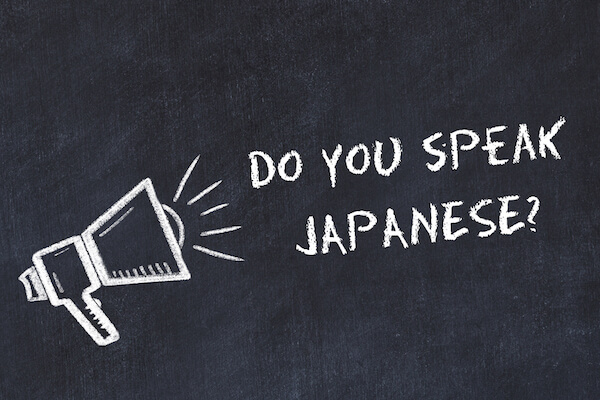The Japanese language utilizes the “Subject Object Verb” principle, while the English language uses the “Subject Verb Object” principle. Furthermore, translating Japanese to English may sound like Gibberish because there are lexical systems to juggle in Japanese, unlike English. Apart from that, various tenses work with different informality and humbleness. Japanese is also contextual and based on subtle hints instead of direct communication.
Get started by understanding what you should know when you learn Japanese in Singapore.
1. Avoid studying the written basics without any form of supervision
Even if it is necessary to teach yourself the important syllabaries of Katakana and hiragana, the important stroke order is often overlooked by new learners. In Japan, writing letters in a different format would be taken as that you were not properly taught. It can also be depicted as laziness. There is a difference between ending a pen stroke with an immediate stop or swoosh. The stroke order is important in learning the basics of kanji; therefore, we should not avoid it.
2. Avoid skipping the hard things
Sometimes, it is very easy to say that you will go back to the chapter that you skipped, but you will most likely end up not doing so. Most conversations in Japanese textbooks usually use family as topics because mastering particles can take a longer period than it should. It is important to understand how adjectives are conjugated. This will enable you to avoid mistakes repetition until you can do it in your sleep.
3. Use quality materials
For Japanese classes in Singapore, your textbook may be recommended for you, but an inefficient textbook can affect your understanding of the language. At times, certain terminologies in a textbook may be outdated, and it does little or no good for a beginner. However, you can choose and select the right book. Textbooks serve as guidelines, but it also depends on your learning pattern. You can also use a good dictionary that includes an English definition, kanji and the hiragana for each kanji.
4. Watch Japanese videos, cartoons, music or movies
Japanese videos have extended their popularity with the aid of anime (comics) and Japanese rock and pop music. Many fans are ready to read without accessing the official translations. Hence, they tend to translate manga word by word. Even if this is a difficult way to learn challenging grammar patterns, it only teaches you vocabulary that cannot be used in daily speech. You may be able to say certain words, but you might encounter trouble when you are unable to identify airports, banks or staircase if you are stuck in Tokyo.
5. Try to practice Japanese songs as you flow with the lyrics
Singing a song along with the lyrics will help you to identify kanji and kana, thereby increasing your speed while reading. It also teaches you how the Japanese language should sound. Furthermore, In Japan, karaoke also serves as an unofficial national sport. The Japanese people usually like the fact that foreigners can belt around their songs. Hence, you need to start practising early. Karaoke groups also serve as a means of making friends.
Sometimes, you may need to enquire if you should take a university-level course that is entirely in Japanese, especially if you are not yet fluent. However, you do not need to cram or engage in a higher language level. Contact us today for Japanese classes in Singapore.

